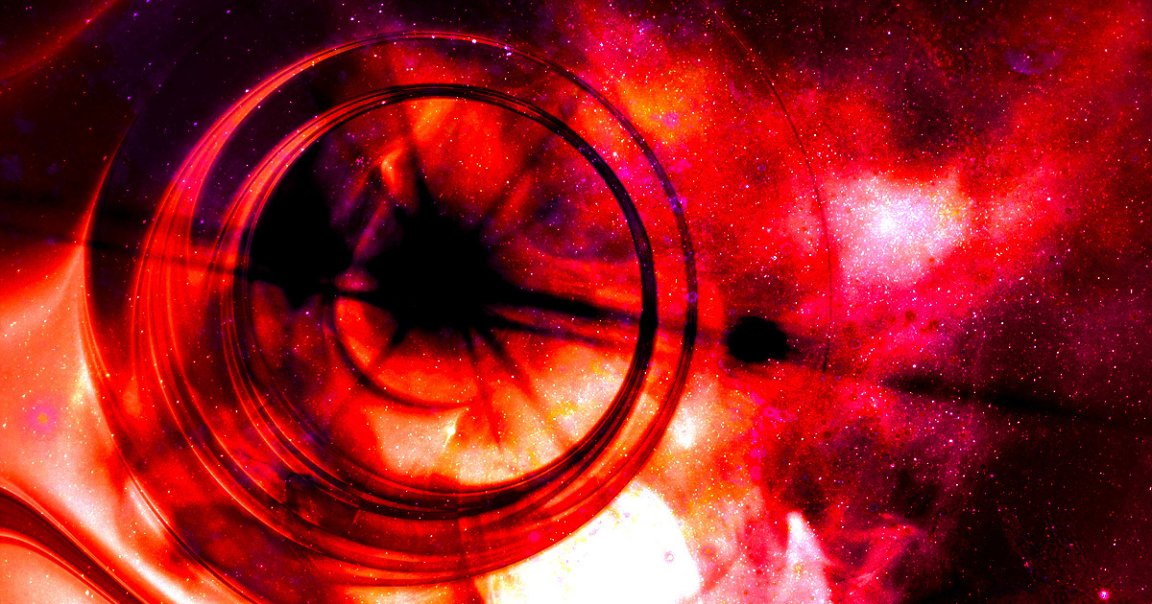
Common Denominator
Dark matter, the invisible substance believed to account for over 80 percent of the universe’s mass, is not an easy thing to detect. We can see its gravitational pull on visible matter, however — which makes hydrogen, as the most common element out there, a prime candidate to watch for those interactions.
Taking advantage of this, a team of researchers have analyzed how hydrogen absorbs the light from distant sources like galaxies in an effect known as the “Lyman-Alpha Forest,” and have applied this in a series of simulations to map the distribution of dark matter throughout the cosmos.
Their resulting study, published in the Journal of Cosmology and Astrophysics, confirms that there’s a discrepancy between our observations of the universe and our predictions about its structures — and possibly points to the existence of a never-before-seen type of particle.
Ride or Dye
The universe is filled with hydrogen atoms, often in clouds of neutral hydrogen which make up most of the interstellar medium. In a spectrum of distant light sources like galaxies and quasars — whose structures are thought to be governed by dark matter’s gravity — the areas where hydrogen absorbs the light along its journey to Earth show up as a staggered series of spiked lines that look like a forest.
“These are the atoms and molecules that the light has encountered along the way,” said study coauthor Simon Bird, an associate professor of physics and astronomy at the University of California, Riverside, in a statement about the work. “Since each type of atom has a specific way of absorbing light, leaving a sort of signature in the spectrogram, it is possible to trace their presence, especially that of hydrogen, the most abundant element in the universe.”
Bird said to think of hydrogen as a dye and dark matter as water.
“The dye will follow where the water goes,” he explained. “Dark matter gravitates so it has a gravitational potential. The hydrogen gas falls into it, and you use it as a tracer of the dark matter. Where it is denser there’s more dark matter.”
The Genuine Particle
What the researchers found by doing this reinforced the discrepancies, or “tensions,” between what we observe about the universe’s structures versus what our models predict.
“One of the current tensions is the number of galaxies on small scales and at low redshifts,” Bird said. “The low redshift universe is the one relatively close to us.”
Bird suggests two reasons for the discrepancies. One is the existence of a never-before-seen particle, which could be something like the Weakly Interact Massive Particles, or WIMPs, that are hypothesized to be dark matter.
The other is that “something strange” is going on with the supermassive black holes that form the center of galaxies — they could somehow be “stunting the growth” of their galaxies, throwing their structures out of the shapes we’d expect them to be.
“It’s not completely convincing yet,” Bird said. “But if this holds up in later data sets, then it is much more likely to be a new particle or some new type of physics, rather than the black holes messing up our calculations.”
More on dark matter: Massive, Mysterious Objects Detected Floating Through Deep Space